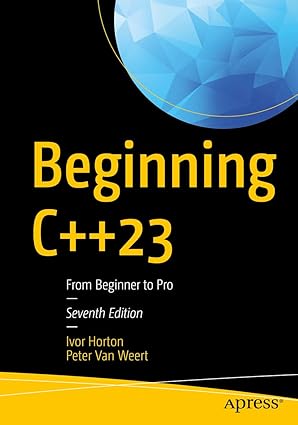The most basic definition of encryption is “the process of information encoding”. The “encoding” element of this process is the action of converting existing information from plaintext (original information) to ciphertext (an alternative form of the same information). There is also the “decoding” process that covers the same process in reverse – turning ciphertext into plaintext.
Both encryption and decryption are performed using encryption keys – algorithmically generated sequences of symbols that act as the “key” for a specific “lock” that is encrypted data. It is possible for both the encryption key and the decryption key to be the same. Still, the more common tactic is to use different keys for these processes, offering an additional layer of protection.
Speaking of Protection
Preventing unauthorized data access is the original purpose of encryption. The process of decrypting information without an encryption key can range from extremely difficult to impossible, depending on the complexity of the key and the resources available. There are plenty of different encryption standards that can be used to protect information, with the most popular example being a well-known standard called AES.
The same logic applies to encryption itself – there are plenty of possible options and avenues that can be used to encrypt information. Multiple programming languages can be used to encrypt information, if the user in question has enough knowledge on the subject. For example, it is possible to use C++ for encryption purposes, and the process itself can be customized to a certain extent.
C++ is a well-known general-purpose programming language that relies on data fields and unique attributes in most of its operations instead of functions or logical operations. Another way to describe C++ is an “object-oriented language”. It can be used to create a variety of different applications and functions, ranging from OS and VR development tasks to software engineering, game development, GUI development, and many others.
C++ is not an easy language to learn
Although plenty of users claim that it can be easier than most alternatives in comparison. It is a language that thrives in calculation-intensive tasks, which makes it a good fit for tasks such as encryption and decryption. The ability to have direct access to the operating hardware is another massive advantage of the language, significantly improving the overall efficiency of potential decryption and encryption processes.
As for specific capabilities of C++ in this category – there are several options to choose from. The (standard) OpenSSL library offers ready-made implementations for multiple known encryption algorithms – ECC (Elliptic-Curve Cryptography), RSA (Rivest-Shamir-Adleman), and AES (Advanced Encryption Standard), to name a few.
This is not the extent of encryption-oriented capabilities, either, since there are also several other toolkits that offer even more features and capabilities (for example, Botan is a cryptographic toolkit with most of its features built specifically for various encryption-oriented tasks).
Additionally, C++ is not limited to standard libraries, either – there are also many other third-party libraries that provide a variety of encryption-oriented capabilities. These capabilities can cover tasks such as network communication protocols, file encryption, and even secure key management.
If none of the existing encryption approaches fit your needs, it is also an option to try and create a custom encryption algorithm by yourself. The task itself can be extremely difficult depending on the user’s needs, but the ability to tailor various security features and tweak performance parameters is paramount for specific user categories. The cost of error in this case is also extremely high, as well, making this approach far more difficult for users that do not have a steady grasp of various aspects of C++ and encryption at the same time.
C++ cannot be considered the most compelling option when it comes to data encryption capabilities, it has its fair share of potential issues – be it the overall complexity of setting up and customizing everything, or the completely mandatory requirement for extensive knowledge in both encryption and C++ to set everything up properly.
Luckily, this is not the only approach to data encryption – especially knowing how important it is for modern-day security efforts. There are many different third-party tools and solutions that can provide comprehensive data security measures for businesses and companies. This kind of protection can be applied to both physical data storage, as well as virtual information from SaaS offerings such as Microsoft 365.
NC Protect is a good example of one such solution, providing extensive Microsoft 365 and SharePoint coverage in terms of cybersecurity and encryption. NC Protect can provide support for Attribute-Based Access Control capabilities, dynamic classification, automatic encryption, key management, and support for BYOK storage (Bring-Your-Own-Key).

Kickstart your coding journey with Beginning C++23 – the ultimate guide to mastering the latest in modern C++ programming!
View on Amazon
NC Protect can offer extensive security options for encrypted SharePoint and Microsoft 365 data, providing a variety of security capabilities with no impact to user experience. It is an agentless solution that is easy to configure, it can provide automatic encryption based on a variety of parameters, and it is also a great help when it comes to compliance matters – including HIPAA, CCPA, GDPR, and more.





